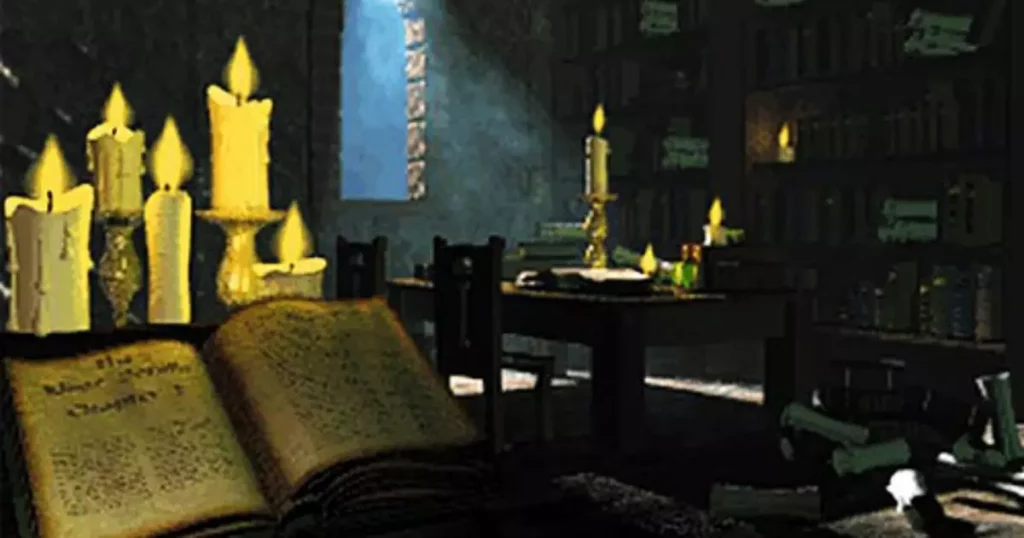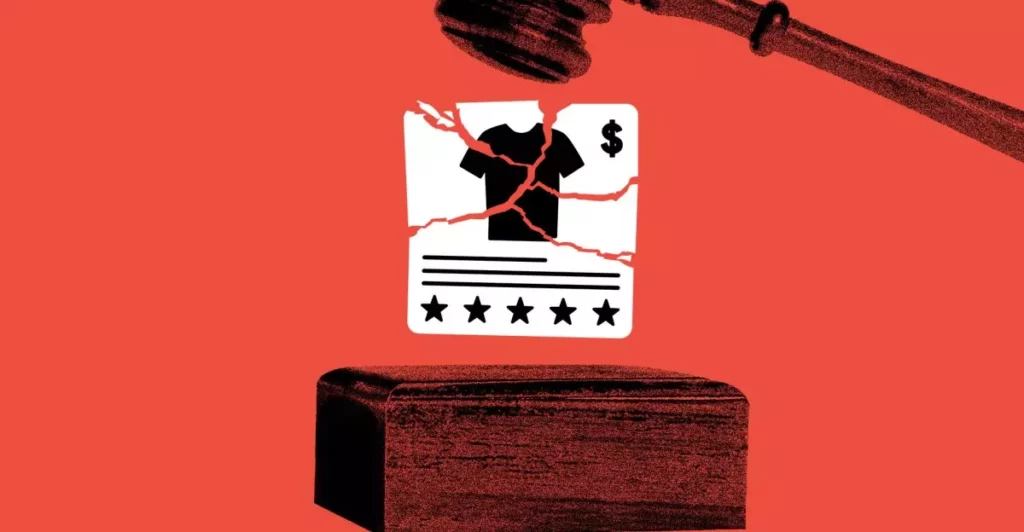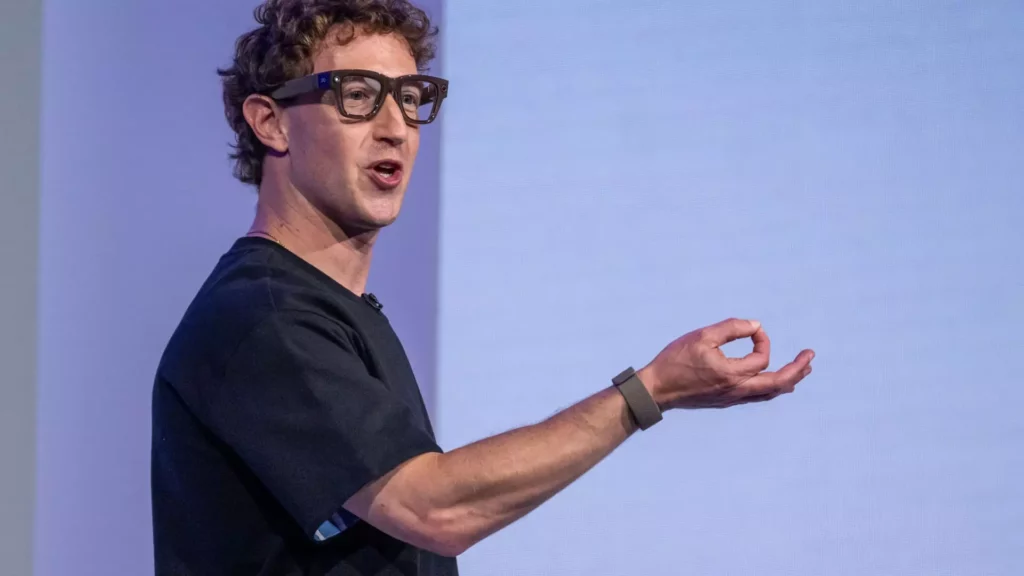Julian LeFay’s departure marks more than the loss of a visionary—it signifies the closing of a chapter in gaming that prioritized innovation over market trends. While his relentless pursuit of excellence undoubtedly pushed the envelope of what RPGs could be, it also highlights a troubling tendency within the industry: the romanticization of the “true artist” who alone can redefine an entire genre. This narrative, though compelling, risks obscuring the broader ecosystem that sustains meaningful innovation. LeFay’s work exemplifies a rare dedication to narrative depth and expansive worlds, but it also underscores how commercial pressures and consumer fatigue often dilute such ambitions. His legacy, therefore, invites us to scrutinize whether modern developers are truly continuing this quest or merely riding the coattails of past greatness, fostering a culture that venerates individual brilliance over collaborative progress.
Heroic Figures versus Systemic Challenges
The story of LeFay’s career reads like a testament to perseverance against adversity—his battle with cancer, his continued work despite health struggles, and his unwavering mentorship paint him as a hero of sorts. Yet, framing his life in this heroic mold glosses over the systemic issues that hinder genuine innovation in the gaming industry. The industry’s reliance on legacy titles and nostalgic revisits often starves new ideas, prioritizing safe bets over risk-taking. This creates an environment where individual icons like LeFay are celebrated, but systemic stagnation persists. His unique contribution becomes an exception that proves the rule: that courage and talent must be supported by robust industry structures, funding, and progressive culture, which are often lacking. Acknowledging LeFay’s resilience should also motivate us to question whether the industry today has the capacity—corporately and culturally—to foster the kind of groundbreaking projects he championed.
Legacy as a Double-Edged Sword: Inspiration or Idealization?
LeFay’s influence extends beyond his titles; it haunts the collective consciousness of developers and gamers alike. His name is woven into the lore, his projects canonical, but this cult of personality risks elevating creative giants to untouchable status, which can be paralyzing for emerging talent. His humility and mentorship are admirable, but they also reflect a delicate tension: should future developers aim to replicate his legacy or learn from its shortcomings? The truth is, LeFay’s emphasis on technical mastery and narrative depth can sometimes overshadow the importance of accessible, inclusive design that appeals to wider audiences. If we are to honor his legacy while pushing forward, we must shift focus from idolization to critical engagement, recognizing that innovation demands breaking established molds—not merely perfecting old ones.
Implications for the Future of Game Development
In the end, LeFay’s work exposes the blueprint for what game development could be—if it prioritized vision, craftsmanship, and unyielding dedication. However, real progress hinges on systemic change, not just individual effort. Moving forward, a balance must be struck: support for bold ideas like those LeFay cherished, balanced with pragmatic industry reform. Investors and publishers should realize that sustainable innovation often requires long-term vision and willingness to embrace failure. Moreover, aspiring developers must reject the notion of the lone genius and instead cultivate collaborative, resilient communities capable of producing the Daggerfall of tomorrow—not just echoes of the past. LeFay’s legacy, then, should serve as a rallying cry for a gaming culture that dares to push boundaries collectively, rather than glorify solitary acts of brilliance.
The Need for a Realist Perspective on Innovation
While LeFay’s contributions echo as a testament to the power of visionary thinking, we must also be critical of romanticizing innovation as a supernatural act. True progress in gaming requires pragmatic strategies—investment, diversity, and a willingness to take risks—none of which are guaranteed by individual talent alone. The industry’s current trajectory, marked by nostalgia-driven remakes and safe sequels, suggests that the spirit of genuine innovation hangs by a thread. If we want to honor LeFay’s pioneering spirit, we must also advocate for structural reforms that foster creativity without undue commercial constraints. The future of gaming depends less on singular icons and more on systemic support that enables countless creators to craft worlds as compelling as those LeFay envisioned—worlds that challenge, inspire, and elevate the medium anew.









Leave a Reply